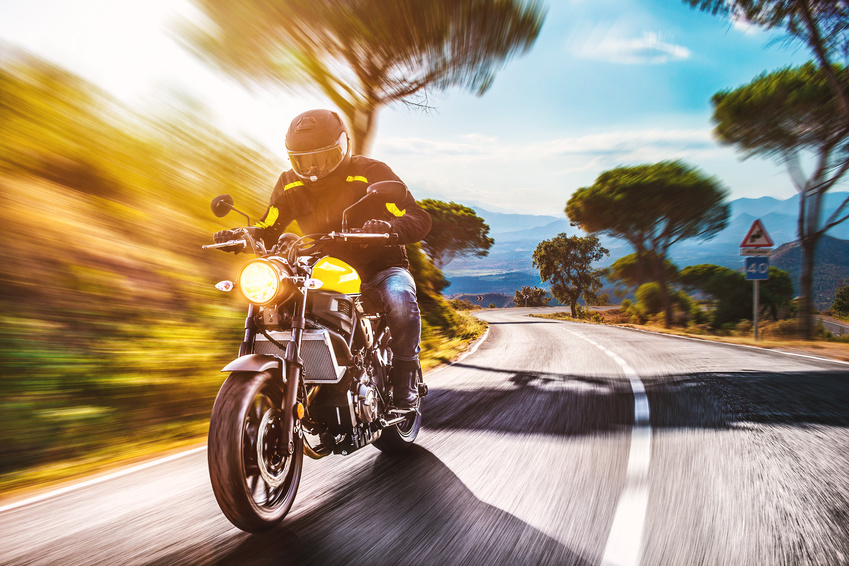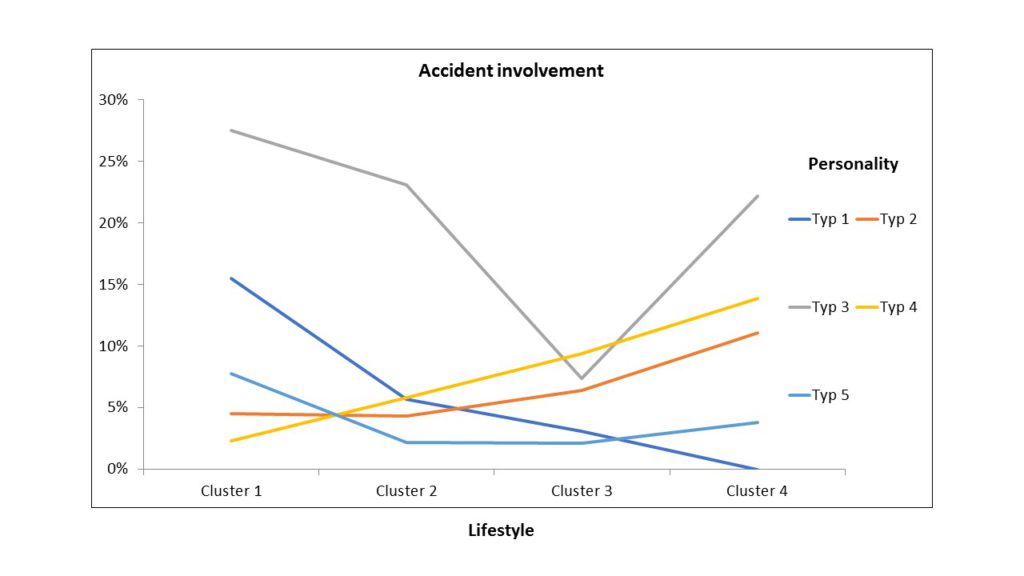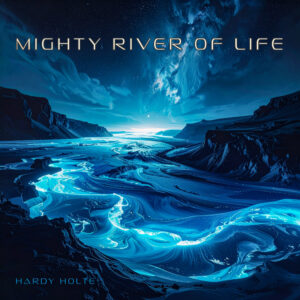Motorcyclists are at highest risk of being killed in a road accident. However, within the group of bikers there are subgroups which differ in the degree of being exposed to accident risk. Lifestyles, attitudes and personality traits contribute significantly to the risk of a motorcyclist being involved in an accident.
Based on a representative survey of 1.039 motorcyclists, the Federal Highway Research Institute (BASt) examined the influence of psychological aspects on road safety of this target group [1]. First of all, the entire group of respondents was divided up into different lifestyle groups and different groups with a particular set of personality traits. To do this, two cluster analyzes were performed. Thus, each interviewee could be assigned to both a lifestyle group and a group with a particular set of personality traits.
Results
When comparing different age groups, the highest proportion of persons involved in accidents is shown for the 18 to 24 year olds (16.9 %). For the entire group, this share is significantly lower at 9.6 %. For older motorcyclists, however, no increased accident involvement is detectable.
Four lifestyle groups were identified.
Group 1 (30 %): Members of this group strongly reject quiet recreational activities such as family gathering, walking or museum visits. They like to work on cars or motorbikes, like to attend rock concerts, parties or discos. The filmic preferences are action movies, science fiction movies or horror films. Hard rock or punk rock are preferred genres. This lifestyle group has the largest share of accident riders (15 % in the past three years). People of this group are most convinced of their ability to handle difficult or risky riding situations with a motorcycle. They also have by far the most positive attitude towards aggressive behavior in road traffic and the most positive attitude towards riding a motorcycle.
Group 2 (18 %): This group’s leisure repertoire includes walking, family gathering, watching DVDs, and playing computer games. As a consumer of the media, they prefer love stories, comedies, soaps, cultural and news programs, quizzes, games and sports. Pop music is the preferred music of members of this group. But hits, folk and country music is also popular with many. Often, however, they also like jazz, blues or funk. The proportion of accident-involved motorcyclists is 7 %.
Group 3 (36 %): People in this group show a small amount of noticeable leisure interests and preferences for certain film genres and musical genres. A pronounced affinity for certain social groups can not be identified. Above average are only the consents for pop music, folk or country music. The proportion of accident-involved motorcyclists is at 6 % lowest of all lifestyle groups.
Group 4 (17 %): People in this group like to read and enjoy exhibitions. They prefer jazz, blues, soul, funk or reggae as well as classical music, folk or songwriters. They like to watch news and cultural programs and show a certain affinity towards environmentalists and globalization critics. The proportion of accident-involved motorcyclists is just under 9 %.
Five personality types were identified.
Type 1 (13 %): This type is characterized by low anxiety and irritability, by an altruistic tendency (greater attention to the interests of other road users) and a great need for new, exciting experiences. In addition, this type appreciates himself as a typical motorcyclist. The proportion of accident-involved motorcyclists is just under 9%.
Type 2 (20 %): This type is also rated as little anxious and irritable. Altruism is also above average in this group. By contrast, the thirst for adventure is far below average. Furthermore this type is willing to comply with existing rules. The proportion of accident-involved motorcyclists in this group is 7 %.
Type 3 (16 %): Typical for members of the group is a pronounced irritability, a low level of altruism, a great thirst for adventure, a strong tendency not to stick to existing rules and a strong identification with the group of motorcyclists. This group is shown by far the highest proportion of accident-involved members (23.2 %).
Type 4 (22 %): This type is characterized by an above-average level of anxiety and irritability. The proportion of accident-involved members of this group is just under 8%. However, in this group the fewest kilometers are driven in one year.
Type 5 (25 %): The measures of the personality traits are all in the average range. The only exception applies to the lack of rule acceptance. In this case, the score is slightly above the average, which points to the tendency not to stick to existing rules. The proportion of accident-involved members of this group is just under 4 %, which is the lowest of all other personality types.
Combination of lifestyle and personality type
The highest accident risk of motorcyclists results from the effect of the combination of lifestyle (1-4) and personality type (1-5). With a share of 27,5 % of all casualties, this risk is by far the highest among people in lifestyle group 1, if they also correspond to the personality type 3 (see picture below). In other words, this high risk is typical for people who lead an active lifestyle with the preferences for action, sci-fi or horror movies, hard rock and punk rock music, and who can be characterized by pronounced altruism, great thirst for adventure, pronounced tendency to disregard existing rules and strong identification with the group of motorcyclists.
Conclusion
Both lifestyles and personality traits (in particular the combination of the two) are suitable for identifying groups of people, who take more or less risks when riding a bike. This new knowledge provides a scientifically basis for the development and implementation of target-oriented communication for those most at risk within the high-risk group of motorcyclists.





